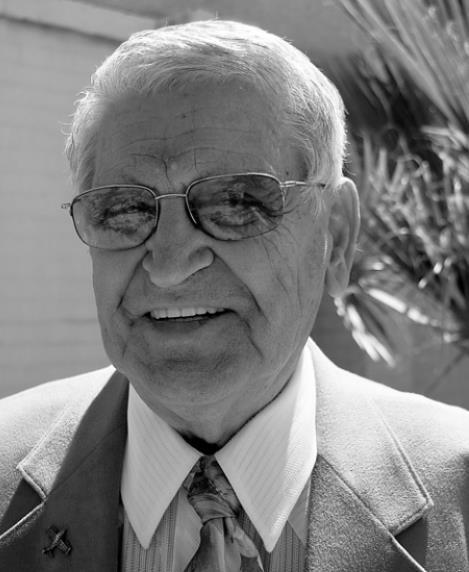
A Word About Recycling with Ollie Maier
In a previous column, we wrote a little about an update standard in the electronic recycling area. The info comes from an article in the Resource Recycling newsletter. We will continue with that subject today.
In the previous column, we related there is a new standard for electronics recycling. It is R2v3 which replaced the R2:2013 Standard for electronics recycling and reuse.
As a spokesperson explained, “We would like to assure R2 certified facilities that no facility will be required to transition to the R2v3 Standard for at least 1.5 years from the July 1 release date, and we will continue to monitor the situation as we determine the final transition timeline.”
The new standard has a number of changes. The update had to meet the desired needs. It also had to be something the various recyclers could follow without unnecessary hardships. This was quite challenging.
One way they did this was to have a core standard with appendices for the various types of recyclers. It still wasn’t easy. As one of the developers of it explained, “There’s a lot of people, and a lot of different values and needs out there and what people were looking for.” One of the important
One of the important areas was data security of collected storage items.. Another item was tracking inventory. Tracking will help determine what is available plus reduce theft issues.
Having an updated standard will help new companies going into the electronic recycling area. They will know firsthand what the requirements now are to be certified. These include expanded legal oversight and the throughput tracking requirements. For those developing it,
For those developing it, it was a real writing chal lenge. Having the right and proper legal terms was necessary. It also had “… to balance transparency needed to verify compliance with a company’s intellectual property in terms of their downstream business partners.” Switching subjects, but
Switching subjects, but still on electronic recycling, we find, “Citing difficult market conditions and rising costs for the industry, California officials will increase the rates they pay e-scrap firms to collect and recycle electronics.”
Starting next month, the California Department of Resources Recycling and Recovery (CalRecycle) will make the following changes. The combined e-scrap collection and processing rate will go from 49 cents to 66 cents per pound for CRTs. And for non-CRT devices it will go from 60 cents to 87 cents per pound.
Under this California state program, which is the oldest in the country, consumers pay fees when they purchase new many new electronic items. These include CRT TVs and monitors, LCD TVs and monitors, laptops and tablets with LCD screens.
It also includes plasma TVs and portable DVD players with LCD screens., Depending on the screen size, the fees are $4, $5 and $6. This money is then paid to the companies which collect and recycle covered electronic waste.
Enough about this program for today. Since there is still enough informative material in that article to make another column, that is what we will do. (Why talk about California? It is not uncommon to find what is happening in another state could be looked at here by Texas recyclers.) So with that, we’re wIshing you all a great week, and for all the dads out there, have a Happy Father’s Day! A good day to BBQ, have a beer, or go fishing.
Ollie is a local citizen concerned with the environment and helping others. A retired Air Force fighter and instructor pilot, he is a graduate of Leadership San Marcos and received his degrees at Texas State University where he worked on staff before totally retiring. For questions or comments, he invites you to call him at 512-353-7432.











